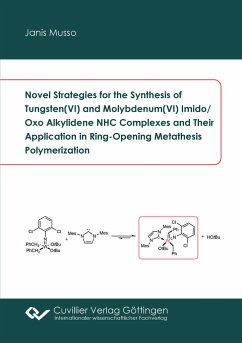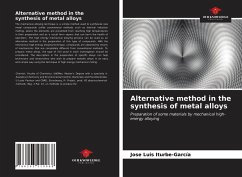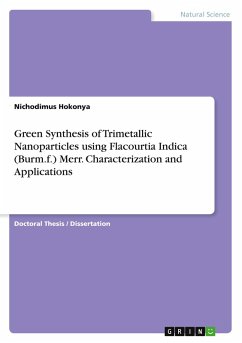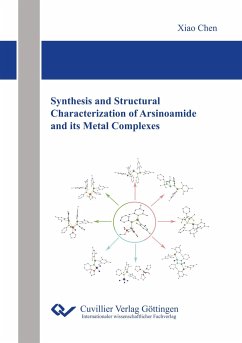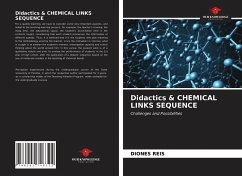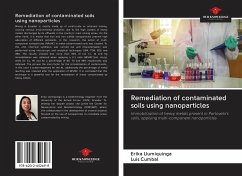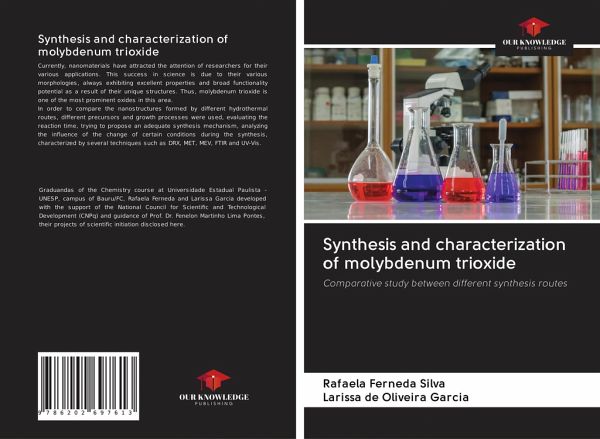
Synthesis and characterization of molybdenum trioxide
Comparative study between different synthesis routes
Versandkostenfrei!
Versandfertig in 1-2 Wochen
18,99 €
inkl. MwSt.

PAYBACK Punkte
9 °P sammeln!
Currently, nanomaterials have attracted the attention of researchers for their various applications. This success in science is due to their various morphologies, always exhibiting excellent properties and broad functionality potential as a result of their unique structures. Thus, molybdenum trioxide is one of the most prominent oxides in this area.In order to compare the nanostructures formed by different hydrothermal routes, different precursors and growth processes were used, evaluating the reaction time, trying to propose an adequate synthesis mechanism, analyzing the influence of the chan...
Currently, nanomaterials have attracted the attention of researchers for their various applications. This success in science is due to their various morphologies, always exhibiting excellent properties and broad functionality potential as a result of their unique structures. Thus, molybdenum trioxide is one of the most prominent oxides in this area.In order to compare the nanostructures formed by different hydrothermal routes, different precursors and growth processes were used, evaluating the reaction time, trying to propose an adequate synthesis mechanism, analyzing the influence of the change of certain conditions during the synthesis, characterized by several techniques such as DRX, MET, MEV, FTIR and UV-Vis.



